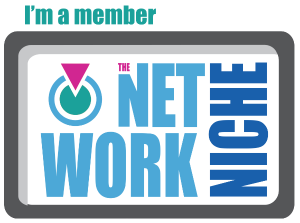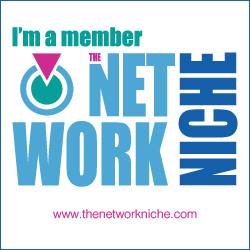“Leaders must either invest a reasonable amount of time attending to fears and feelings, or squander an unreasonable amount of time trying to manage ineffective and unproductive behaviors.” Brene Brown
This quote from one of my favorite of Brene Brown’s books “Dare to Lead” always stops me in my tracks, forcing me to re-consider how, as a working woman, I’m continuously addressing my fears and feelings, especially at work. We are all leaders in the work we do, regardless of our position or title, as we’re called on to have an impact through our work. However, what we often dismiss, are the experiences, many of them hurtful, the histories (many of them traumatic), as well as the deep-seated emotions we’ve been carrying within ourselves since childhood. These are the same histories, experiences, emotions, feelings and fears that we also take into our work, businesses, and professional lives, and that end up becoming our most disadvantageous blind spots as we keep facing the same challenges, over and over again.
Most of us have been hurt by various experiences we’ve faced. Whether it’s the trauma of being neglected as child, not being heard or valued as a partner or parent, or sustaining the loss of a loved one, and so many other deeply hurtful scenarios, these events stay with us as we work through them throughout our lives. This includes working through them, whether consciously or unconsciously, at work, where we spend the majority of our time. For instance, if you’ve been dismissed as a child, you may be working through this trauma, without even realizing it, by striving to be seen and heard in your workplace at whatever cost, including that of seeking approval from colleagues or cheating your way to the top of the corporate ladder. Or it could be the exact opposite, as you hide in the back of meeting rooms to avoid letting your potential be seen and heard.

The fears and feelings we all carry are also the source of the pain we keep experiencing in all environments, including at work. If we do not dare, as Brene Brown puts it so well, to “lead from a place of heart, instead of hurt“, we risk not showing up as our most authentic and capable self, thus ruining the very work that we strive to do each and every single day and damaging ourselves in the process. The most successful people, and working women especially that I have had the privilege to meet, work with, or just watch afar in admiration, have been women who have experienced some of the deepest pain and hurt, yet have done the work to turn this pain and hurt into the power they now show up with in their lives and work. That’s the very point, not just to focus on the feelings and fears that separate us from our best, but to leverage the pain and hurt into power.
So how do you keep your own histories, experiences, feelings and fears from stripping you of the very fulfillment you seek? How do you show up in power when your marriage may be failing, or you may be doubting yourself as a parent, or you’re battling an illness? How do you refrain from letting your old traumas show up at work in the form of harsh leadership, avoidance or faulty power dynamics? You do the work, the mindset work that is. It is hard work, but the best work you could do for yourself and others:
- Acknowledge the source of your pain: This is where you take the blinders off, and ask yourself the tough questions. Questions such as: “Why do I need the approval and acceptance of my colleagues and bosses?”, “Why is it so important for me to take credit for my accomplishments at the expense of others?”, or “Why is it so hard for me to speak up or face confrontation?” The answer to these questions may be found in your moments spent in silence, through therapy, journaling, or even having honest conversations with friends and family. Some of these answers may shake you to your core, but as you peel the onion of your own self-image, they will lead you to some of the most important discoveries about yourself.
- Choose to show up differently: This is where you re-write the story of your work, and ultimately that of your life. As you do the work to peel the layers of the mindset blocks that your experience has placed in front of you, you will also have to take your power back. It’s the power to re-write your own story, from hurt and disappointment, to being able to choose how you show up in your work and life. This means being vulnerable enough to seek constructive criticism from your team and colleagues, challenging yourself to step outside of your comfort zone, or address the areas in your work that have yielded the most frustration for you.
- Keep doing the work: This is not a one-time, one-size-fits-all type of process. Instead, it’s continuous work that requires you to keep putting yourself in question, not as a way to doubt yourself, but as a way to positively check yourself. It can take the form of consistent check-ins with yourself and your team, where you can discuss areas of struggle and discord. It can also be a matter of assessing progress or stalling, and connecting both with yours and others’ level of connectedness to the mission at hand and the organization.
In a culture and an era that tends to dismiss fears and feelings in favor of hyper-productivity and superficial success, checking in with yourself and others remain the key to true fulfillment that translates into actual progress at an individual and organizational level. Maybe its not your performance, your education, credentials or experience that’s standing in your way. Maybe it’s just your old fears and feelings rearing their ugly heads and keeping you from your dream career. The good news is you have the power to change your story…
What fears and feelings are you battling with at work?
The Corporate Sis.







